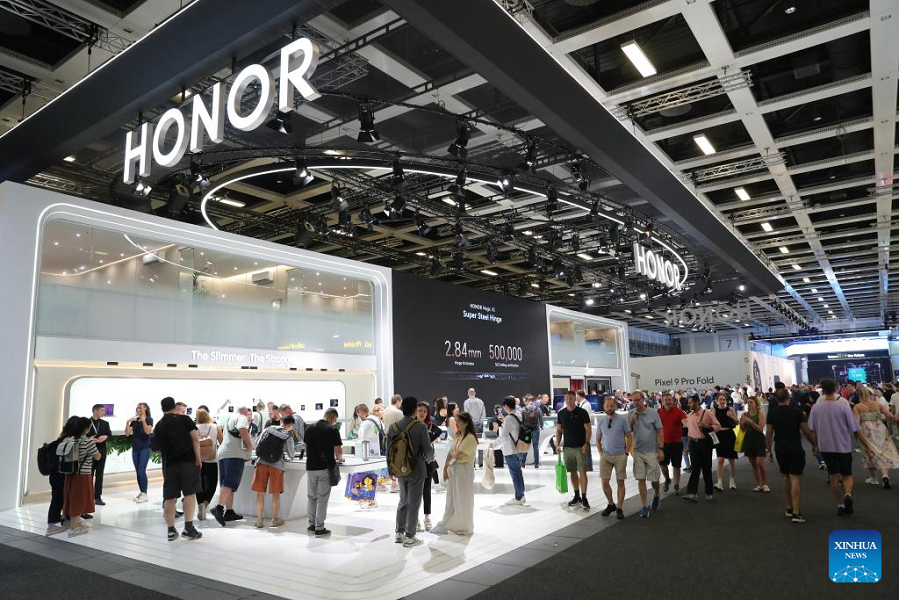
Date: August 20, 2024
Export growth recovered in August, and policy support bolstered manufacturing investment. However, growth in infrastructure investment and physical work volume were supressed. As real estate policies have been implemented, more measures are expected to boost market confidence. Consumer spending growth has slowed, with industrial and consumer goods prices remaining low. Public budget revenues and monthly consumption in top-tier cities fell, the decline in M1 money supply widened, and urban surveyed unemployment rates rose beyond seasonal patterns—all pointing to economic weakening compared to July. It is critical to resolve the issues at the next stage underlying the economic and non-economic mechanisms causing this slowdown, to balance growth speed and quality, and to emphasize the impact of the economic performance on public well-being and external cooperation.
Be vigilant against the economic downward spiral. In August, the composite PMI output index dropped by 0.1 percentage points to 50.1%, its lowest since January 2023, with the manufacturing PMI down 0.3 points, being the main drag. Key sub-indices, such as production and new orders, remained below critical levels and worsened than the previous months, indicating a worsening contraction cycle in manufacturing, characterized by "weakened new orders–reduced production–shrinking raw material inventories–weakening employment–and delayed deliveries." While the non-manufacturing business activity index saw a slight rise, driven by the services sector, other indicators remained generally sluggish.
Specific industries contributed to a rebound in export growth. Exports increased by 1.7 percentage points month-on-month in August, reaching 8.7%, the highest since March 2023. This was partly due to delayed shipments caused by typhoon disruptions in late July, which moved some goods initially scheduled for export in July into August. Additionally, the peak season for consumer electronics restocking and the launch of new products resulted in a rise in exports, further boosted by demand spurred by the application of AI. Consequently, smartphone exports climbed to 16.9%, contributing 0.6 percentage points to overall export growth.
Exports supported the stability of related industries. Although the year-on-year growth rate of industrial enterprises above the designated size dipped to 4.5% in August owing to a higher base of the same period last year, the two-year average growth accelerated to 4.5%. Among the three major categories, the manufacturing and mining industries saw decelerated growth, whereas the growth rate of electricity, thermal power, gas, and water production and supply industries accelerated to 6.8%. The mining sector’s slowdown indicates a deceleration in upstream inventory replenishment. Export-linked industries continued to perform well, with export deliveries in sectors such as automotive and general equipment maintaining double-digit growth.
Multiple factors continued to impede investment growth. From January to August, investment growth slowed by 0.2 percentage points to 3.4% compared to January–July, with total private investment plummeting to -0.2%. Breaking it down into three major categories: infrastructure investment growth slowed by 0.5 percentage points, manufacturing investment growth slowed by 0.2 percentage points, and real estate development investment maintained the same decline. Infrastructure was the main drag on the deceleration of investment growth, possibly due to extreme heat and rainfall disrupting construction activities as well as the slow implementation of funded projects. However, from January to August, investment in high-tech manufacturing was 0.5 percentage points higher than the overall manufacturing sector, driven by large-scale equipment renewals, which saw equipment purchase investments surge by 16.8%.
Consumption weakens as low base effects fade. In August, total retail sales of consumer goods increased by 2.1% year-on-year, down 0.6 points from the previous month. Commodity retail sales fell 1.9%, whereas summer travel helped boost catering revenues by 3.3%. However, slower residents' income growth resulted in weaker retail sales growth in both urban and rural areas.
More measures are required to stabilize prices. In August, affected by insufficient market demand and the downward trend in prices of several bulk commodities, production material prices in energy-intensive industries weakened, resulting in a month-on-month and year-on-year decline in the Producer Price Index (PPI). The expanding drop in PPI structurally dragged down the Consumer Price Index (CPI). However, disturbances such as high temperatures and rainy weather pushed the CPI up by 0.6% year-on-year, with food prices driving the increase. Among them, the rise in prices of fresh vegetables and fruits was the primary driver.








